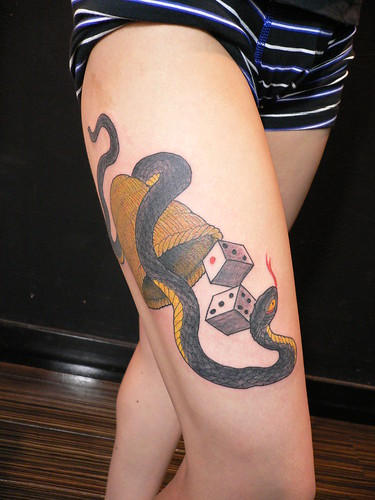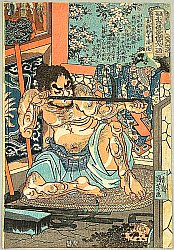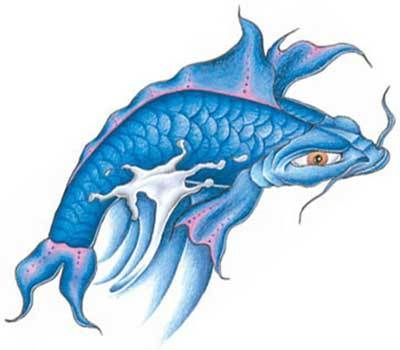
One of Most Japanese Tattoos design are Kanji Tattoos. Japanese Kanji Tattoos are fast becoming the most popular tattoo design. Japanese Kanji characters are so incredibly artistic. When you think about the best qualities of a tattoo many words come to mind such as symbolic, mysterious, and meaning. The beauty of Japanese Kanji tattoos is that each Kanji symbol is an ideographic character, which means is represents an entire object. Japanese Kanji symbols have such elaborate definition; each stroke of the symbol must be done in the correct direction and order. Japanese Kanji Tattoos can easily represent nearly any meaning you want. Words such as love, peace, freedom, strength, unity are very popular Japanese Kanji tattoos, as well as loved one's names.
Before visiting your tattoos artist it is a good idea to research your Japanese Kanji Tattoo to the magazine or internet. There are many reasons for you why you must do this? firstly, Kanji is a different form of language to English, and if you were to choose a Kanji sentence, the order of the words will be in different order to English. Secondly, many tattoo parlors have Japanese Kanji tattoo designs which have been altered by westerners and you will not know until it is too late. Finally, some Japanese Kanji characters have several meanings, and you may think your symbol means one thing, where in fact it means something completely different. Luckily there are websites out there that can help you get the perfect translation.
Although some younger people may consider tattooing as trendy, the majority of the Japanese population still considers it as something connected to the underworld of mafia gangsters or a bad low class habit at the best. Younger people who consider tattoos as iki - a minority among Japanese youth - tend to use partial tattoos in Western style on their upper arms, where it is not directly visible.



























